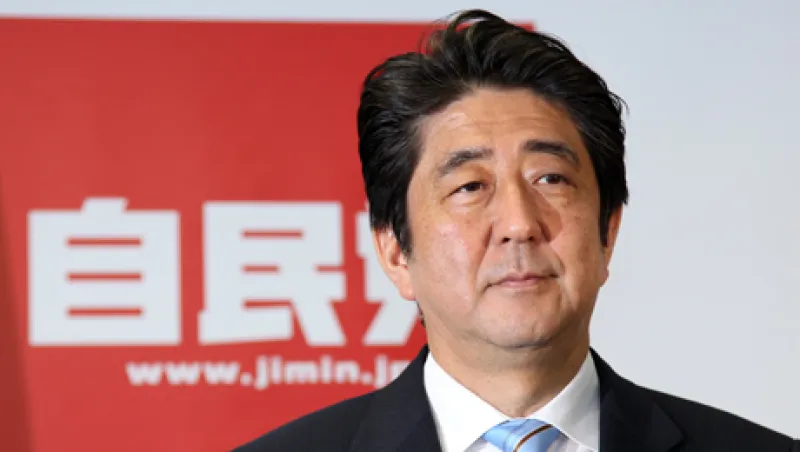
Shinzo Abe, Japan's prime minister and president of the Liberal Democratic Party (LDP), attends a news conference following a victory in the upper house elections at the LDP headquarters in Tokyo, Japan, on Monday, July 22, 2013. Abe's ruling coalition faces the challenge of maintaining unity and public support after cementing control of both houses of parliament on a platform of economic revival. Photographer: Koichi Kamoshida/Bloomberg *** Local Caption *** Shinzo Abe
Koichi Kamoshida/Bloomberg

